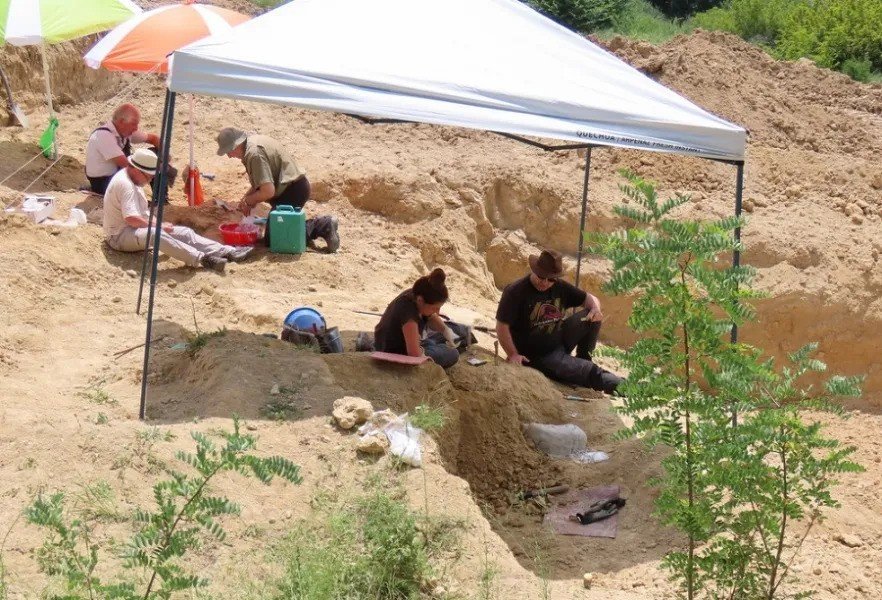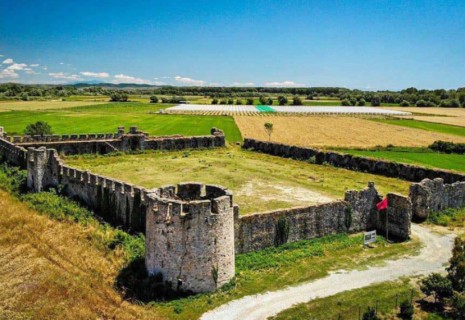
Late Miocene Hominid Fossils Under Study in Bulgaria and North Macedonia
The Max Planck Institute for Evolutionary Anthropology in Leipzig is supporting the fossil-hunting research of the National Museum of Natural History at the Bulgarian Academy of Sciences (NMNH-BAS), CE Report quotes Kosova Press.
Excavations will begin in September 2025, with renowned paleoanthropologist David Begun from the University of Toronto joining the museum’s team for the third consecutive year, the NMNH-BAS team stated.
Since the beginning of August 2025, NMNH-BAS has signed a memorandum of cooperation with the Max Planck Institute, under which the German institution will fund the museum’s excavations for the next three years.
The project focuses on fossil research of Late Miocene hominids in Bulgaria and North Macedonia, in collaboration with the Museum of Natural History in Skopje.
Excavations at Azmaka near Chirpan, led by Nikolai Spassov, have attracted international attention due to the discovery of a 7.2-million-year-old hominid femur. This is the second such discovery by the NMNH-BAS team, after a hominid tooth found in 2012 at the same site.
The femur is believed to belong to Graecopithecus, a Late Miocene hominid first described from a lower jaw discovered near Athens during World War II.
According to scientists, the finding is important because it provides insights into the locomotion of the last known European pre-human hominid.
Preliminary studies of the femur have already yielded very interesting results regarding the earliest stages of human evolution, NMNH-BAS stated.























